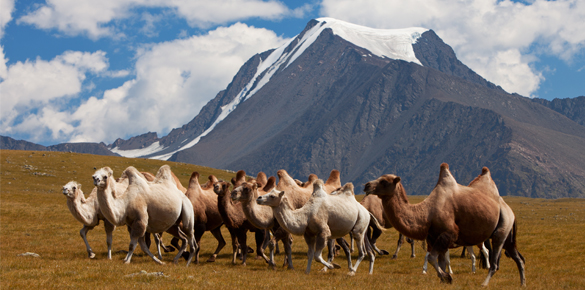

Altai Tavan Bogd National Park is in Bayan-Ulgii province and covers area of 636,200 hectares. From Ulgii center to Altai Tavan Bogd National Park is 180km. The Tavan Bogd (Five Saints) chain includes the highest peak in Mongolia, Khuiten Uul (4,353m), which overlooks the frontiers with China and Russia. This National Park includes very high peaks, with eternal snow and glaciers in the far west of Mongolia. A stunning landscape of high glaciated snow capped mountains, alpine and sub-alpine forests, large lakes, rivers and streams, mountain grasslands, barren rocky mountain ranges and semi arid desert type valleys. Altai Tavan Bogd is protected since 1996.
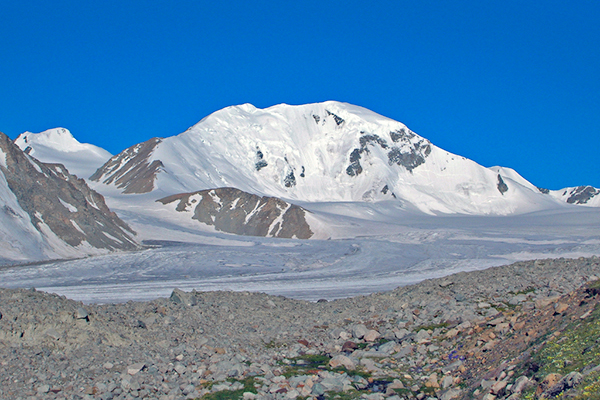

The Mongolian Altai Mountain Range stretches across the south and west of Mongolia. Its highest point is the Tavan Bogd peak at an altitude of 4370m, in the far west, where China, Russia and Mongolia share a common border. The climb is challenging for any experienced climber, due to its technical nature. The 19 km long and up to 2.5 km wide Potanin Glacier lies at the foot of the mountains. The Potanin Glacier descends to an elevation of 2,900 m; its base is covered with moraine. Water from the melting ice flows into the Khovd River basin.The glacier was discovered by V. V. Sapozhnikov in 1905 and named in honor of G. N. Potanin. The climate in this high mountain area can be extreme, since it is above the tree line. There is very little vegetation, giving the surrounding landscape a ba...
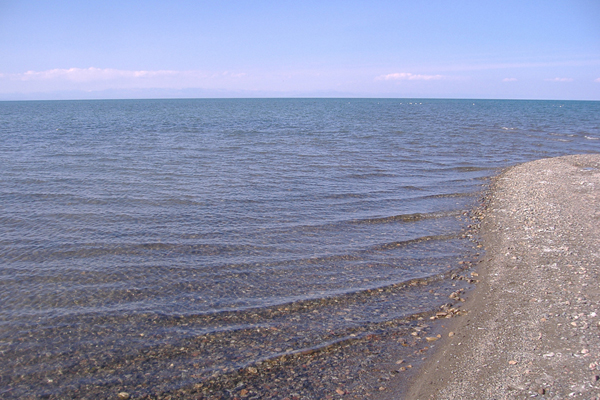

UNESCO has recognized this northernmost part of the Great Lakes Basin as a World Heritage Site in two categories. First, for the presence of rare and endangered animals and plants. And second, for its untouched and pristine native landscapes. This includes the nearby Harhiraa and Turgen Mountains, which are snow-capped and home to a number of glaciers. In the east is Altan Els (Golden Sands), the northernmost sand dunes in thecountry. In total, the Uvs Lakes basin is 160 km from north to south and 600 km from east to west. Uvs Nuur is the largest lake (3350 sq.m.) in Mongolia and is 84 km across at its widest point. It is located only 759 meters above sea level. Visitors must be prepared for mosquitoes in the summer. It is a salt water lake which is not easy to get to. Compared to simi...
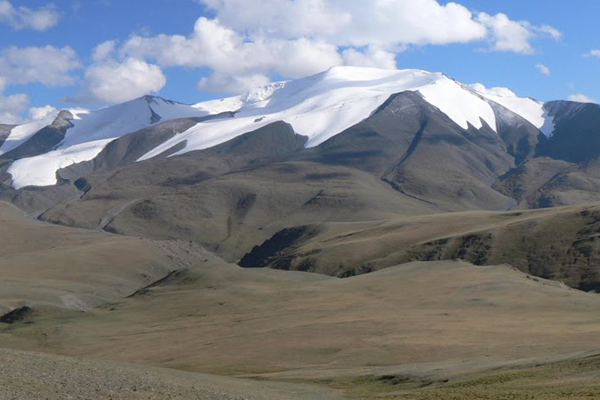

The sacred, snow covered Tsambagarav Mountain at 4208 m on the border of Bayan-Olgii and Hovd provinces, towers over the 110,960 hectares of Tsambagarav Uul National Park. The park is known for its stunning vistas and diverse wildlife. The park contains many glaciers, rocky gorges, glacial lakes, and a 7 meter waterfall, in addition to deer stones, and Kazakh and Uriankhai nomads. Sutai Mountain is a beautiful mountain with eternal snow and glacier, reaching 4090 meters above sea level. The mountain is located between Gobi-Altai and Khovd province.
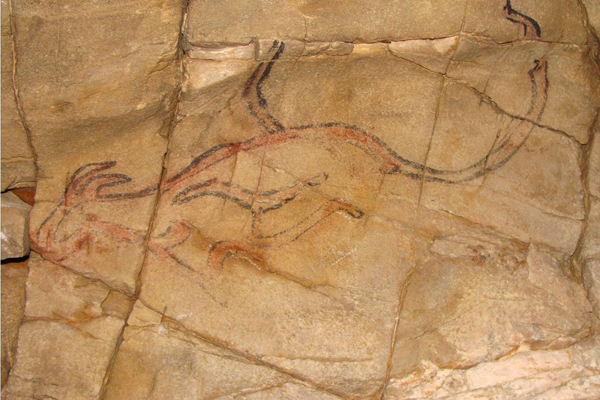

Tsenkher Cave is located in Khovd province and it is one of the largest caves in Mongolia, with a main chamber at least eighty-five feet high. A rock fall in 1995 blocked off one long extension in the cave, but several smaller galleries leading off from the main chamber still remain. It was reportedly inhabited by Stone Age people during the Upper Paleolithic, 10,000 to 40,000 years old. The cave is famous for its rock paintings, which have been dated to 17,000–22,000 years ago. Done with light pink and red-brown ochre pigments, the paintings depict Paleolithic fauna such as mammoths and ostriches which are no longer found in the area, as well as camels, ibex, deer, and other more familiar animals. By the method of painting the different kinds of animals, their color and...
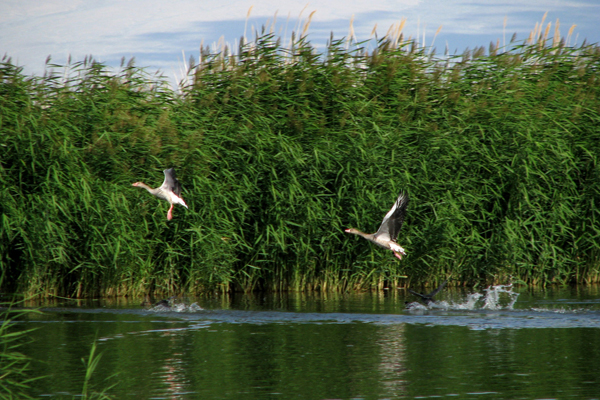

The main lakes are Khar Us Lake, Khar Lake and Dorgon Lake. The national park was established in 1997, and then designated as a Ramsar (wetland of international significance) site in 1999. The lakes have the largest reed beds in Central Asia. Surrounded by desert landscapes, it is surprising to find that rare wild boars can survive in the reeds. Saiga antelope, though rare, still make their way through the eastern areas of the national park and nearby Jargalant Khairkhan Mountain has snow leopards, argali sheep and siberian ibex. The mammals are, however, difficult to observe. For this reason, the many species of birds, the landscape and encounters with local nomads are the main attractions here. On Jargalant Khairkhan Mountain you have a reasonably good chance of seeing wallcreeper, w...
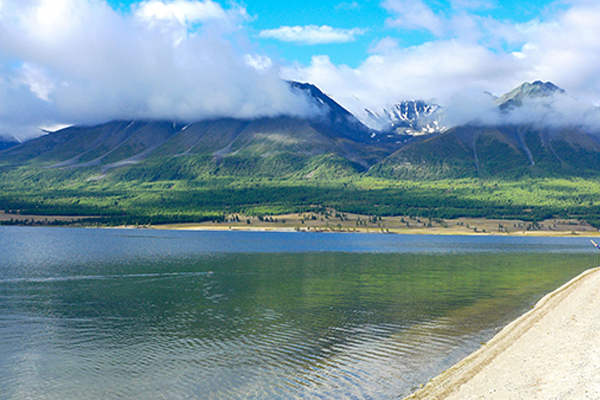

Khoton lake is fed by more than 10 rivers and streams which fed by snow and ice water such as Black Khovd, White Khovd, Chuluut (Rocky) and Zagastai (Fishy) drain the 2670 square km area of Altai Tavan Bogd and Rashaan mountain range. The lake has an island, 0.5 square km, with forest, bushy trees, and glacial thick sediments from the quaternary era mostly sand, clay and break-stone covered the bottom of Khoton Lake. Along lakeshore, there is forest and bushy trees as well as some migrating birds are seen. The lake is home to many species of fish The Khoton and Khurgan lakes are second largest and clearest of all lakes in Mongolia. The average depth is 26 m, the maximum depth is approximately 58 metres. The landscape around the lakes is stunning: with forests and the snow-capped...